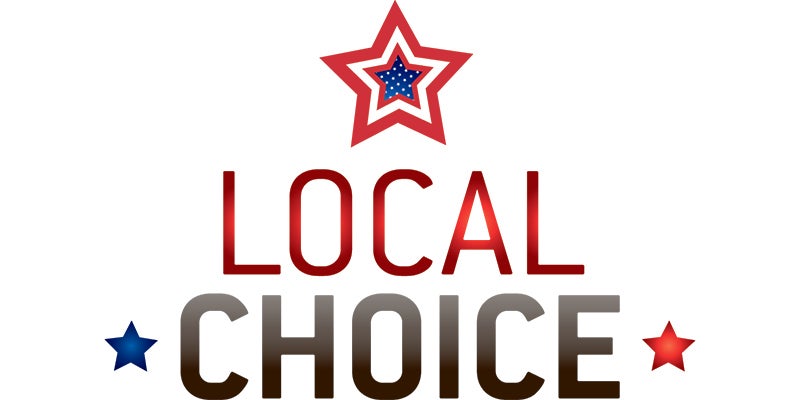2 views of economy shade governor race
Published 5:34 pm Saturday, August 23, 2014
ST. PAUL, Minn. — As Minnesota Gov. Mark Dayton makes the case for a second term, a major theme he’s pressed is that the state economy has outperformed most of the Upper Midwest on his watch.
How voters view the economy will go a long way in determining how Dayton, a Democrat, fares in November. Republicans concede things have turned around but they say the recovery has been far from robust. There’s no shortage of ways to measure the economy, and each side will spend the next 10 weeks debating whether the glass is half-full or half-empty.
The market value of taxable property in the state hit an all-time high this year at $592 billion, surpassing the 2009 mark that tumbled during the recession. Minnesota’s per-capita income is nearing $48,000, well above the national average of $44,500. Tens of thousands more jobs exist now than on Dayton’s first day, and unemployment has fallen from 6.8 percent in 2011 to 4.5 percent today.
“We’ve got Minnesota unquestionably headed in the right direction,” Dayton told The Associated Press in an interview this week. “There’s more that needs to be done. There are still people out of work. There are still people who want better opportunities.”
Republicans argue that the good-looking numbers are misleading and that many people are “underemployed.” They point to research from the state’s Department of Employment and Economic Development pegging 53 percent of Minnesota workers as in positions beneath their qualification level.
Dayton’s GOP foe, Jeff Johnson, has seized on the statistic.
“Half of the people employed in Minnesota are employed in a job they really don’t want. They are employed in a job that is part time versus full time. They are employed in a job that is paying them less than what they think they should make,” Johnson, a Hennepin County commissioner, said at a recent campaign event.
Exactly how to read the DEED figure is in dispute.
Steve Hine, the state researcher who has been calculating it under both Democratic and Republican administrations, said it’s designed to show the mismatch between education level and the minimum requirement for various occupations. He sees it as a tool for business, education and government leaders to see where policy work may be needed to align state employment needs and college degree programs.
Underemployment can be when a recent college graduate’s sole paycheck comes from bartending or when a scientist winds up working as a clothing-store cashier, either by choice or necessity.
“This is absolutely a measure that reflects a lot more progress is needed before we can claim that our labor force is fully and properly employed,” Hine said. “You can’t use these numbers to say half of our workforce is unhappy in the job they have.”


